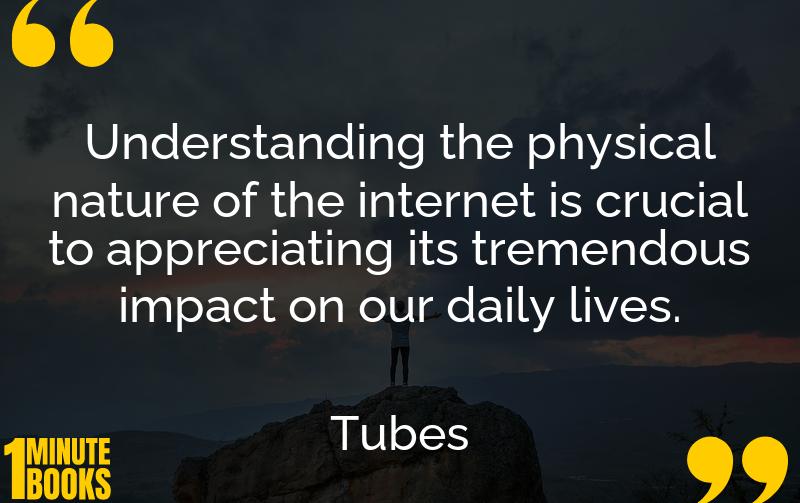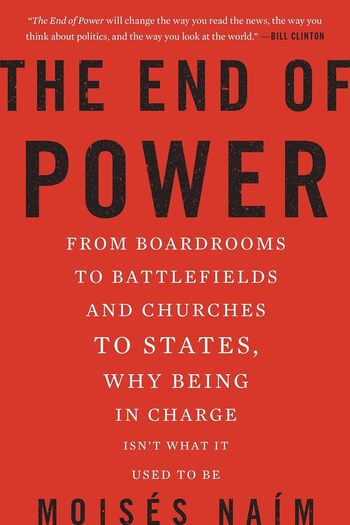
Tubes by Andrew Blum reveals the internet’s physical infrastructure, tracing its origins, rapid expansion, interconnectivity, and the pivotal role of network hubs and underwater cables.
Main Lessons
- Explore the physical structure of the internet as a complex network of fiber cables, hubs, and routers.
- Learn how the internet began as a small academic network in the 1960s.
- Understand the critical role of TCP/IP in fueling rapid growth and connectivity.
- Discover the significance of network hubs in major cities and their role in interconnectivity.
- Recognize how peering agreements between networks affect internet speed and efficiency.
- Consider the historical role and modern impact of underwater cables in connecting continents.
- Acknowledge the vulnerability of internet infrastructure to natural disasters.
- Appreciate the expansion of data centers to accommodate growing storage needs.
- Ponder the role of conventions like NANOG in enhancing network collaboration.
- Reflect on the internet’s transformation from a niche network to a ubiquitous global presence.
- Admire the infrastructure underpinning the seamless connectivity we enjoy today.
- Analyze the balance of cooperation and competition in network peering strategies.
- Investigate the fascinating journey from telegraph lines to modern fiber cables.
- Realize the potential disruptions when peering relationships break down.
- Contemplate the future implications of internet infrastructure advancements.








